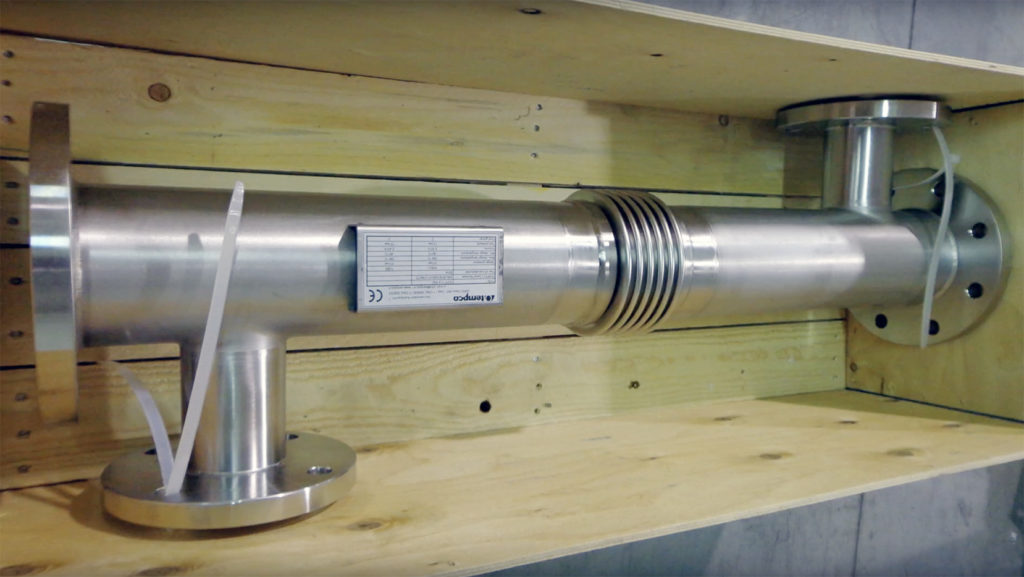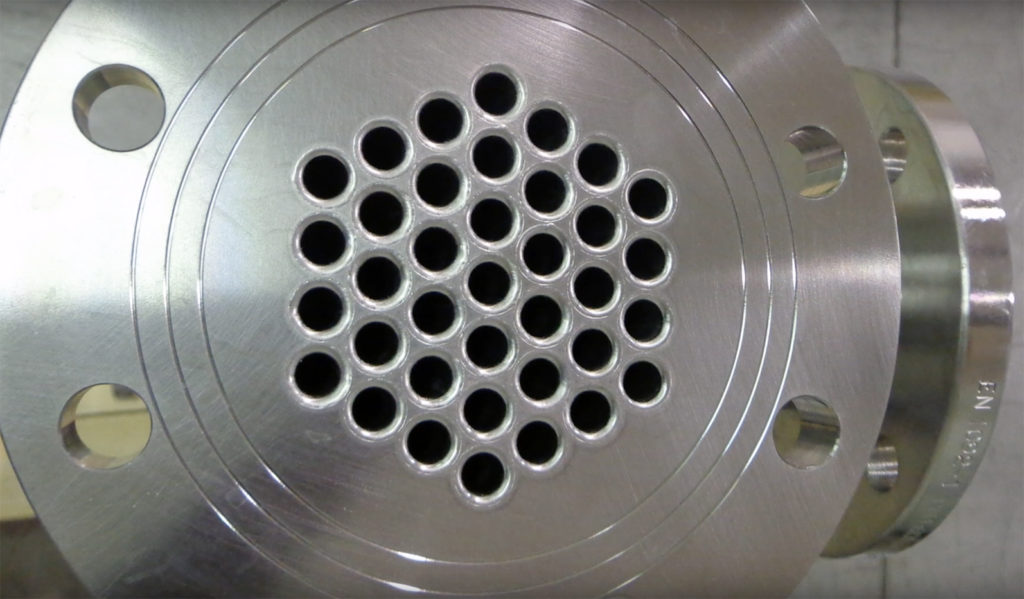Let’s finally talk about shell and tube heat exchangers, employed in cogeneration applications. Many times we’ve had already spoken about cogeneration, and this new video on our Tempco Youtube channel (turn on subtitles) is dedicated to exhaust heat recovery from cogeneration engines.
A cogeneration plant is usually equipped with an endothermic engine driving a generator to produce electricity. Cogeneration stands for power and heat generation at the same time, also leveraging thermal energy produced by the engine. This is possible thanks to heat recovery achieved by a shell and tube heat exchanger on the exhaust fumes circuit.
Exhaust coming as waste from the endothermic engine in cogeneration have very high amounts of energy, making thermal recovery really advantageous instead of dissipating the heat. Here exhaust are at very high temperatures, typically between up to 550 and 650° C depending on the kind of engine and fuel employed.
For cogeneration heat recovery applications, shell and tube heat exchangers are suitable with straight pipes to allow cleaning operations, because exhaust can contain particles from combustion requiring some periodical cleaning maintenance. Construction material is usually stainless steel, especially for pipes and headers being in direct contact with exhausts. Diesel oil, biogas and methane exhaust can indeed contain acid elements exposing the components to corrosion, an even higher risk in case of high temperature conditions of cogeneration plants.
Working with high temperatures, heat recovery cogeneration applications thus also require special construction tricks: aimed to avoid failures due to thermal expansion, with unwanted side effects such as leaks, all the tubes are welded and pressed on headers, while the shell, which allows water flow employed for thermal recovery, is equipped with a thermal expansion joint to compensate the expansion gap between the shell, with water at temperature of approximately 90°, and the tube.


